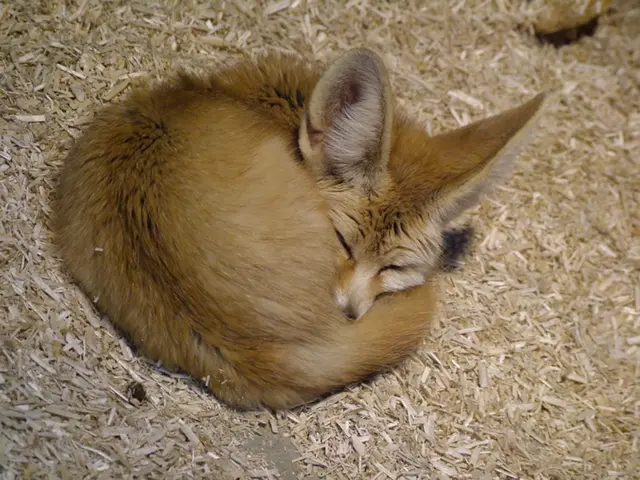Potential Spring Dangers for Pets: What to Pay Attention to During This Season
Welcome, Pet Parents!
Springtime is a delightful season, but it brings potential challenges for our furry friends. Here are ten spring dangers to look out for and steps to keep your cherished pets safe and happy!
10 Springtime Perils for Your Furry Friends
1. Contaminated Water 💧
As temperatures climb, our pets will drink more to keep cool. While streams and puddles seem inviting, they may carry harmful bacteria, parasites, and even toxins. To protect your pet, carry fresh water and use a portable travel water bowl during outdoor activities.
2. External Parasites 🦟🚱
Fleas, ticks, and mosquitoes thrive during warmer weather. These parasites can transmit diseases like Lyme disease, anaplasmosis, and heartworms. Stay ahead of the game by ensuring your pet is up-to-date on their annual parasite prevention and avoid areas where these pests breed, such as tall grass and woodsy areas.
3. Fleas 🐻
A flea infestation can cause blood loss, anemia, allergic reactions, and even transmit tapeworms. To prevent this nuisance, use a vet-recommended flea control product on your pet year-round. Remember, always use feline-specific flea meds for your cat.
4. Ticks 🔰
Ticks can transmit serious diseases, like Lyme disease and anaplasmosis. Perform regular tick checks after outdoor activities, especially in wooded or grassy areas, and remove ticks promptly with fine-tipped tweezers.
5. Mosquitoes 🦢
Mosquitoes are known for transmitting heartworms. Keep your pet safe by staying on a preventive heartworm medication.
6. Intestinal Parasites 🦠
More time outside means higher risks of intestinal parasites like hookworms, roundworms, and whipworms. Use a prescription preventative from your vet year-round, and have your pet's fecal sample checked annually.
7. Hot Cars and Heat Stroke 🔥
Warmer weather brings the threat of heat stroke. Never leave your pet in a parked car, even for a minute, as heat stroke can occur rapidly.
8. Toxic Plants 🌸
Many beautiful spring flowers are harmful to pets. Some common flowers like lilies, daffodils, tulips, and oleanders can cause serious health issues if ingested. Keep plants out of reach in your home and avoid walkable areas where these plants are common. If you suspect your pet has eaten something toxic, contact the Pet Poison Hotline.
9. Seasonal Allergies 🌿
Just like humans, pets can suffer from seasonal allergies. To help lessen symptoms, work with your vet for proper diagnosis and treatment, including immunotherapy.
10. Bee/Wasp Stings 🐝
While most bee stings are mild, pets with allergies can experience severe reactions. If you notice signs of a more serious reaction, seek veterinary attention immediately.
Enjoy Spring with your beloved pets while keeping them safe and healthy! 💚🐾
- To ensure the health of your pets during the spring season, consider getting pet insurance that includes coverage for potential illnesses related to external parasites, intestinal parasites, and seasonal allergies.
- Incorporate science and health-and-wellness into your pet's lifestyle by regularly checking for ticks and parasites, using recommended flea and heartworm prevention products, and monitoring your pet for signs of allergies or exposure to toxic plants.








